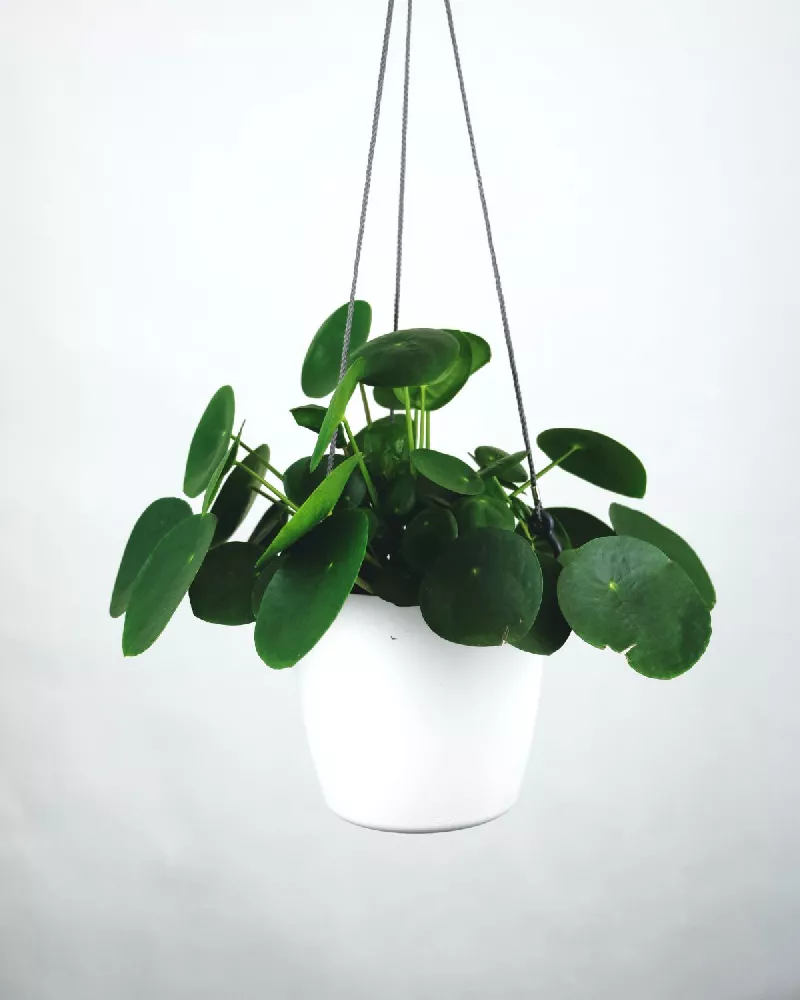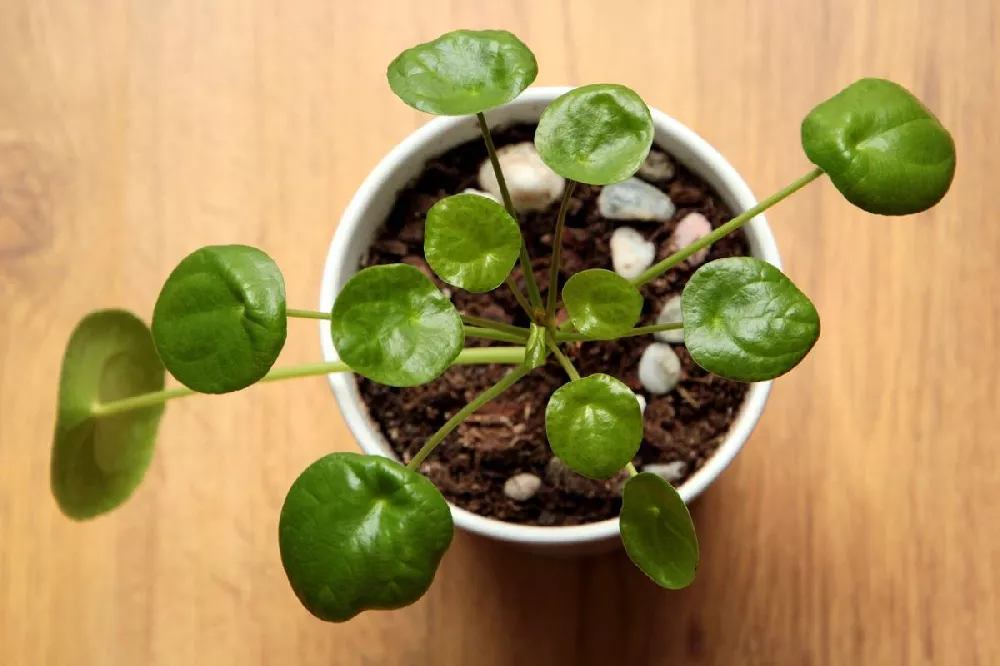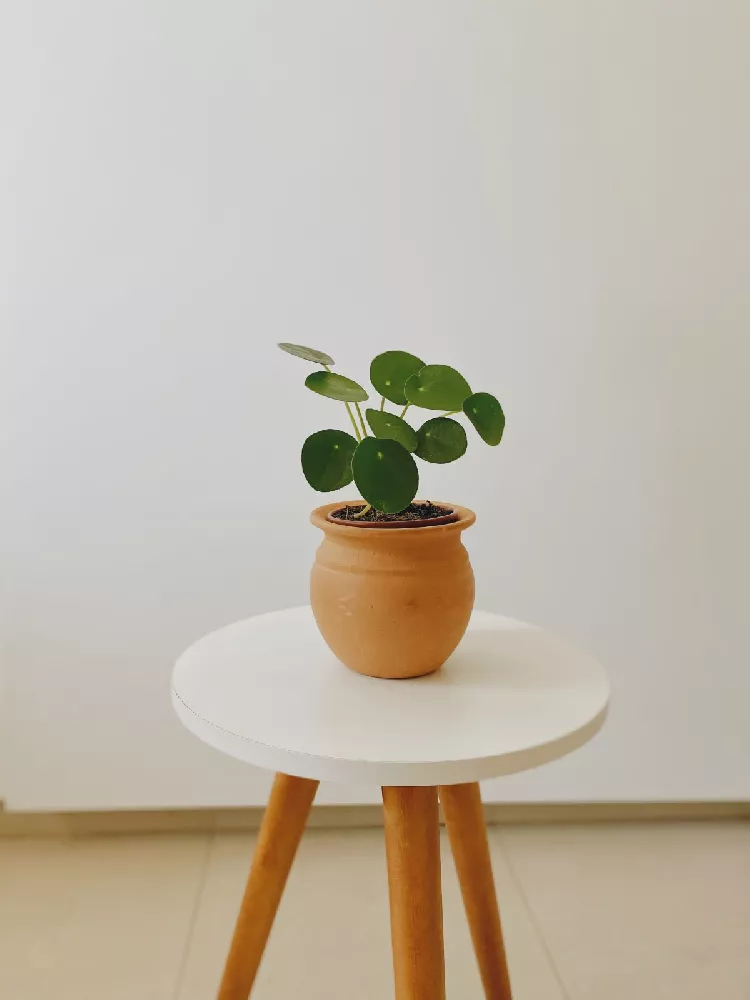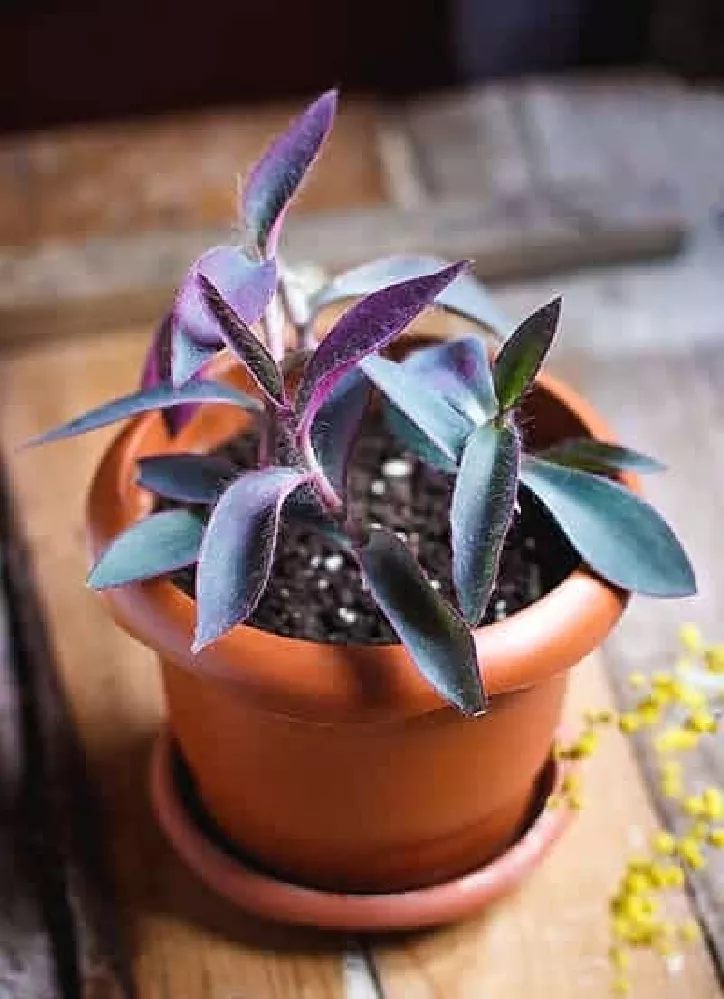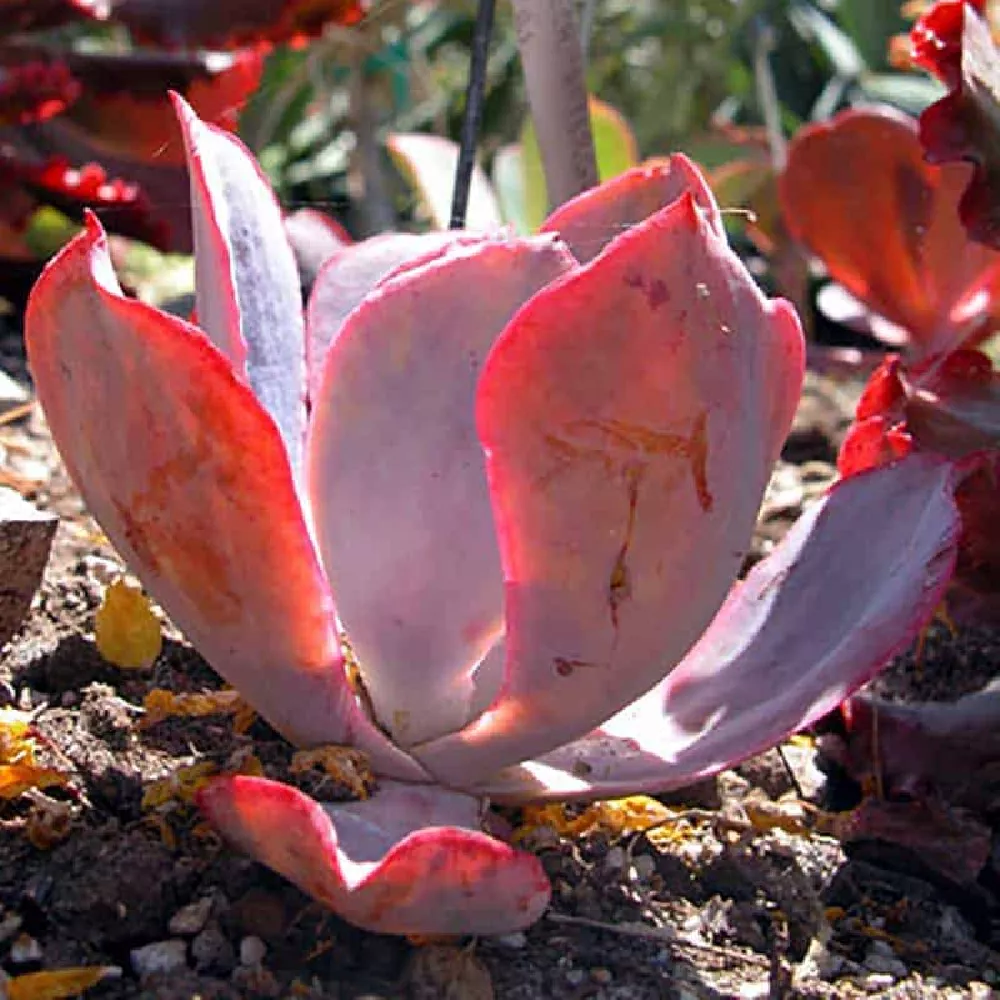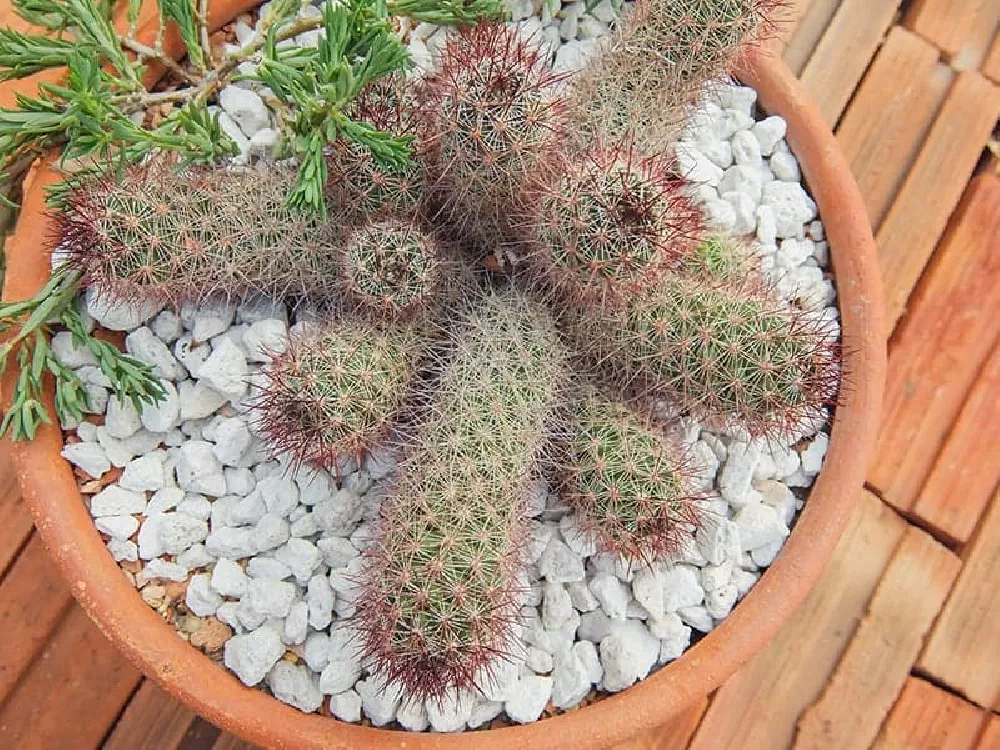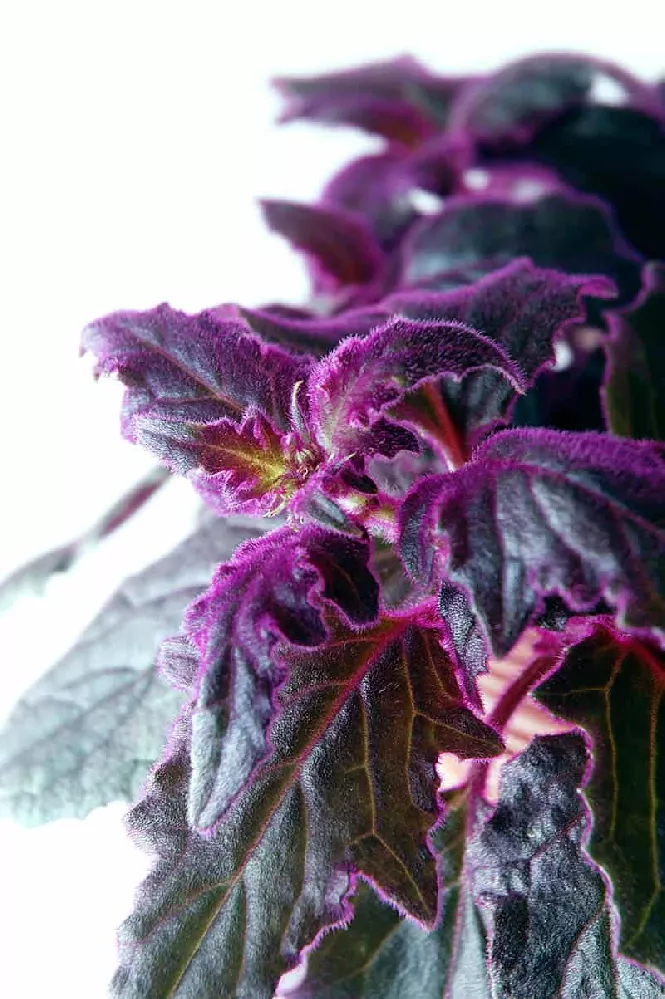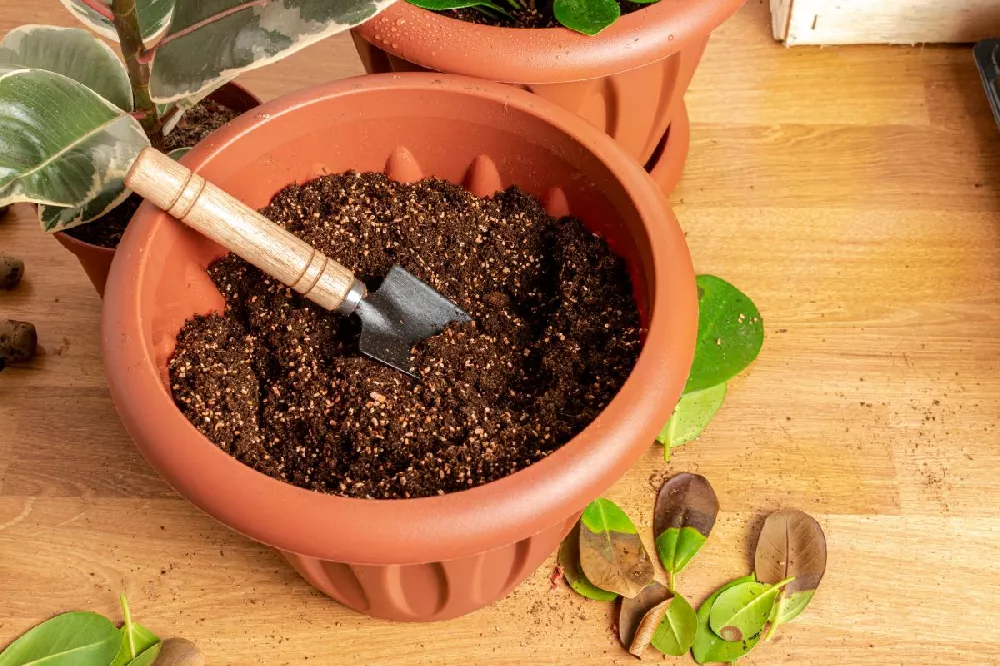- Home >
- Houseplants >
- Pancake Plant
Pancake Plant for Sale - Buying & Growing Guide
The Pancake plant, Pilea peperomioides, is a charming plant that adds a great pop of green to any indoor setting. Also known as the Chinese money plant, it has small round leaves that grow, each on its own branch, from a central trunk. Because of its easy-care nature, it is a popular house plant, maintaining a compact structure that means it doesn't need frequent repotting. In spring, it may produce small white flowers, but the real attraction is the glossy, succulent-like leaves, which may dimple slightly, increasing the textural quality of this plant. Here are a few more reasons to add a pancake plant to your interior design:
- It doesn't need high humidity to thrive, unlike many tropical plants.
- It is easily propagated through offshoots.
- A mature Pancake plant only achieves a height of 1 to 3 feet, making it a good choice for side tables or plant stands.
Enter your zip code to find nearby stores that may carry this plant.
Plant Care
Sunlight

The pancake plant thrives in bright indirect or filtered sunlight.
Watering
Water once a week or whenever soil 2 inches below the surface is dry.
Fertilizing

Feed your pancake plant with a balanced fertilizer designed for house plants as directed.
Planting instructions
Choose a site for your pancake plant that will receive bright, indirect sunlight. An east-, west-, or north-facing window is a good choice. Choose a container for your plant that is roughly twice the size of the root ball. Unpot the plant, and tease out any encircling roots, which can slowly girdle the plant and kill it. Place a few inches of a good-quality potting mix in the container and place the plant on top of it, spreading out the roots. Fill in around it with the potting mix, tamping down as you go to eliminate air pockets. Water thoroughly.
Watering and nutrients
Give your pancake plant water every few days when newly planted, until you see signs of vigorous new growth. Then taper back to a once-a-week watering schedule. If your home is very dry or hot, you may need to water more frequently. Check the soil 2 inches below the surface to determine if water is needed. If it’s dry, give it a drink. Fertilize regularly throughout the growing season with a product that’s designed for house plants.
Pollination
In the wild in its native China, Pilea plants pollinate through the action of wind, which disseminates the pollen from male flowers to female flowers. For those wishing to propagate new plants, however, there is a far easier way. Simply separate out the offshoots that will naturally appear at the base of the plant once they are a few inches high. Plant the offshoot in moist soil or potting mix and keep it watered and fed, and it should grow into a healthy plant.
Pruning
There is no need for regular pruning of your pancake plant. You may remove dead or damaged limbs whenever you see them. The outer leaves of the plant will slowly turn brown and die as new growth appears from the center, and these can be trimmed out as needed.
Pests and diseases
The pancake plant is not prone to any diseases or insect infestations, but you may see common insect pests on them, such as aphids, scale insects, or spider mites. You can wipe down the leaves and stems with a damp cloth to help eliminate them. Use an insecticide if the infestation becomes serious. Diseases that could impact your pancake plant include powdery mildew and botrytis. Both of these are fungal in nature. Avoid overwatering your plant, and take care to water it at the base without wetting the leaves.
Achieving maximum results
Choosing the right container for your Pilea is one way to achieve maximum results. By picking a pot that’s roughly twice the size of the root ball, you give the roots room to grow and extend. The pot you pick should have excellent drainage because pancake plants are susceptible to overwatering. The potting mix you use also plays a role. Choose one that’s designed for tropical plants or houseplants, and preferably contains peat or coir with perlite to allow for better drainage. Terracotta pots can look very attractive when used with pancake plants, and the porous nature of the clay allows for good drainage.
FAQs
How hardy are pancake plants?
My pancake plant has gotten leggy. What's wrong with it?
The likely culprit is not enough sun. Although it does need to be kept away from direct sunlight, Pilea thrives in very bright indirect light. Plants that are not receiving enough sunlight will become leggy, with smaller leaves and fewer offshoots. You might try your plant in a sunny southern window that has sheer drapes to see if that helps.
Does the pancake plant need high humidity?
No. Unlike some tropicals, the Pancake plant does well in normal indoor conditions. Having said that, during the winter months when the furnace is on and the air is very dry, consider misting the leaves with water every week or so.
Compare Similar Products
You can't add more Product Name - Product size to the cart.
OK